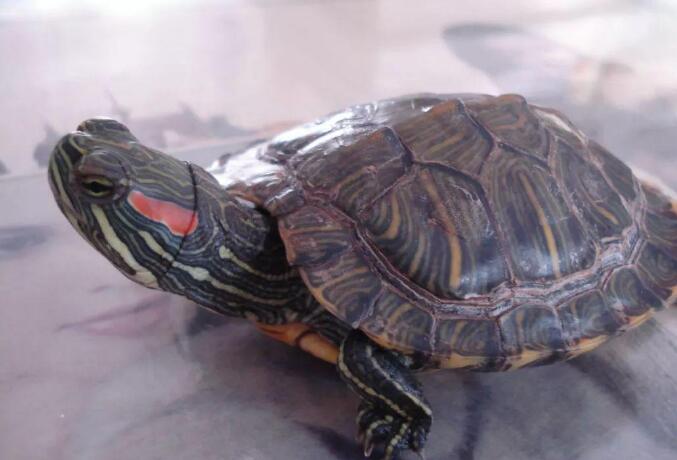The reason why the tortoise hides its ears
The tortoise has no outer ears, but has inner ears. You can hear the sound. You have to wait for it to stretch out its neck and observe the left and right sides of the neck carefully. You will find that there are two things that look like thin films behind its eyes. , This is the ear of the tortoise. The ear of the tortoise does not have earlobes like human ears, it looks very eye-catching.
The tortoise also has ears. So where do the ears of the tortoise grow? If you just glance at it and you can’t find it, you have to wait for it to stretch its neck and observe the left and right sides of the neck carefully, and you will find that in its eyes There are two things on the back that look like sticking films. These are the ears of the tortoise. The ears of the tortoise do not have earlobes like human ears and look very eye-catching. But some turtles, such as swamp turtles and tortoises The ear tympanic membrane of the turtle is on the surface of the neck, so people can see it, while the ear tympanic membrane of the turtle is covered with scales, which is difficult to find. The human ear has a tympanic membrane, and the sound enters the ear to make the tympanic membrane vibrate, and this vibration is transmitted to the ear You can hear the sound in the auditory part. But the tortoise has only inner ears and no outer ears, so it is not sensitive to airborne sounds, but it is very sensitive to sounds transmitted on the ground or objects (knowing that sound travels in water is much easier than in air).
Such as the sound of the TV. The sound of the TV is inaudible, but the sound of the TV will cause resonance and cause the floor to vibrate. For example: when we are listening to music, the window will vibrate. This is resonance. In this way, it will have an impact on the tortoise. Resonance is ubiquitous in life. Therefore, the place where turtles are raised is preferably a quiet place.
Checking methods for common turtle diseases
When you want to check the head of the tortoise, you can use your thumb and index finger to buckle the back of the head when it is not paying attention. The movement must be very fast, otherwise it will be difficult to check once it is retracted into the shell. If the turtle peels too much, it may be caused by skin problems or unbalanced nutrition. The eyes of the tortoise should be very clear and bright. If there is swelling of the eyes and face and the formation of more tears, it means that there is a problem with the eyes. The reasons are not only eye infections, foreign bodies, corneal trauma or cataracts. Conjunctivitis is caused by vitamin A deficiency, especially during development.
The ear turtle does not have external ears. Its ears are a closed tympanum behind the eyes. A common problem with the ear is an abscess. Abscess sometimes causes the secretion from the Ostejo’s duct to enter the back of the throat. As a result, it often results in cellulitis in nearby tissues or the pus becomes hard and concentrated.
If a nasal tortoise has a respiratory tract infection, it is often found that the tip of the nose is wet. If you observe carefully, sometimes there will be bubbles, and even pus-like secretions will be produced in severe cases. This situation must be dealt with quickly, otherwise the consequences Will be very serious and even cause death.
It is often not easy to check the mouth of a tortoise. If inspection is necessary, anesthesia is the last resort. After opening the mouth, pay attention to whether there are erythema, bleeding spots, necrosis, jaundice or cheese-like disease, as the basis for disease diagnosis.






